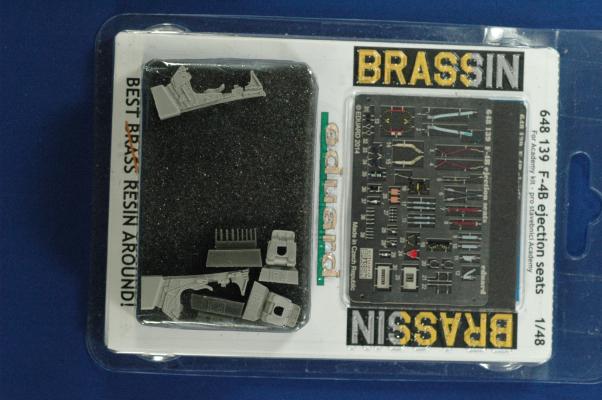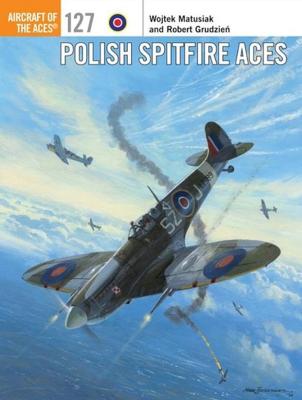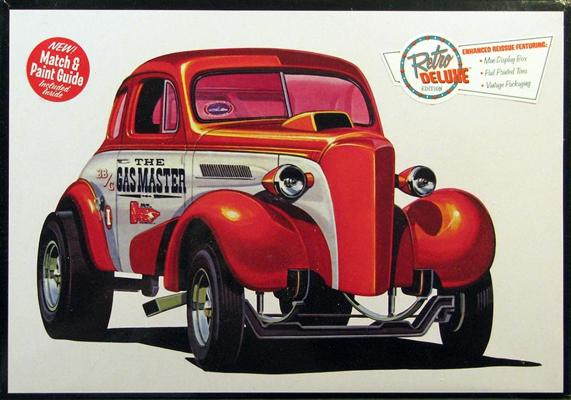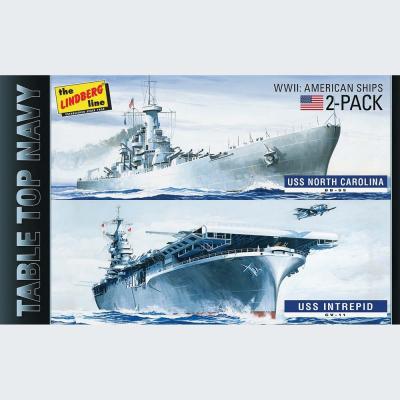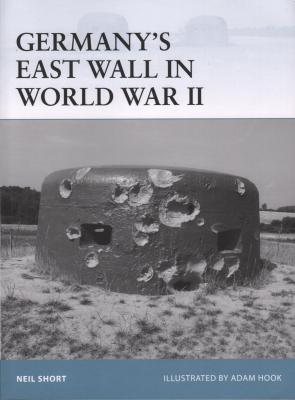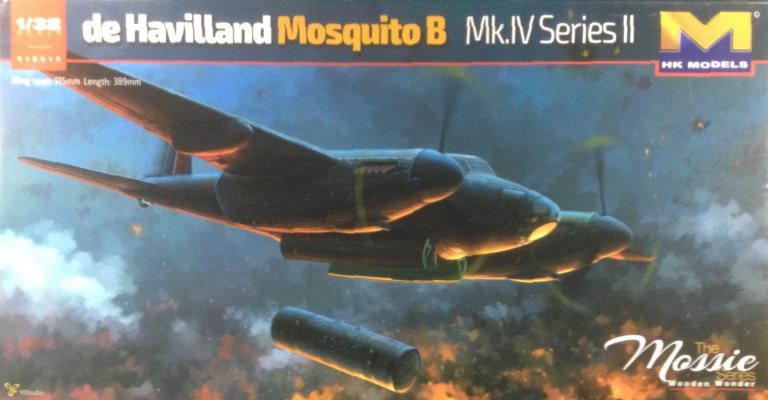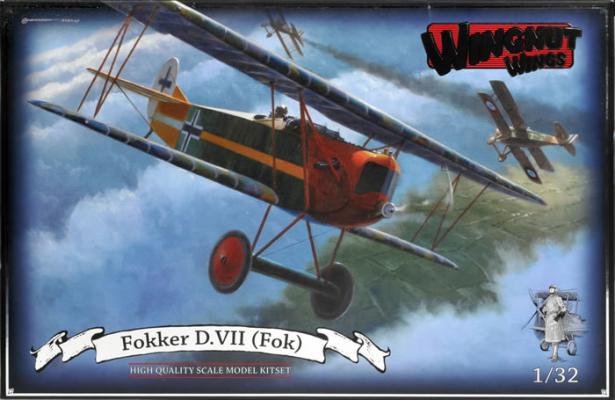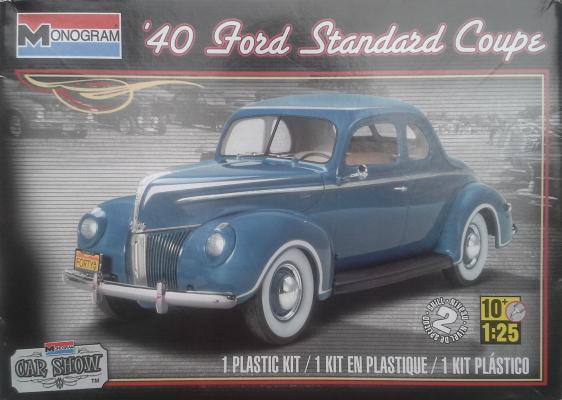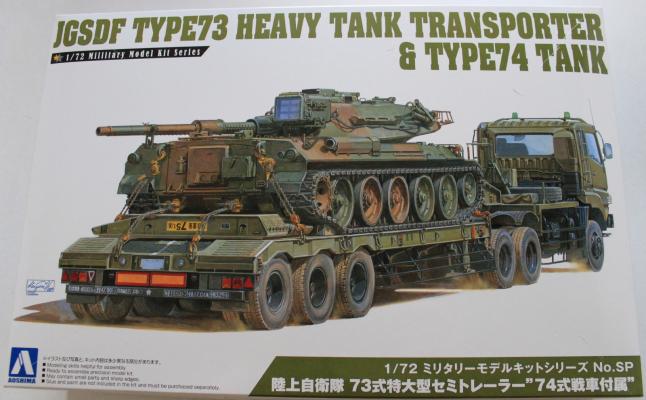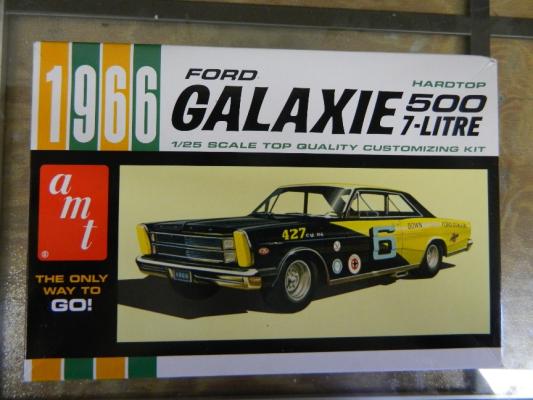As with most injection molded kits, the Academy F-4B ejection seats have no lap belts or shoulder harnesses, and are also very basic. The shape of the cushions is also very questionable. Eduard comes to the rescue with their Brassin line of products and gives us some very detailed ejection seats. There are five pieces of resin and a very busy photo etch seat for each of the two seats provided. The seats without any belts or harnesses are impressive. When you add all of the belts, handles, levers and wires to the seats, they are really quite nice.
What's New
Osprey Publishing continues to expand the Aircraft of the Aces series with the installment of Polish Spitfire Aces.
This book is well researched and has plenty of black and white pictures, including several images of aircrafts and their pilots.
The book is divided in the following sections
It’s hard to believe that after more than fifty years of modeling, I’ve never built a car before now. But somewhere between “you’re never too old to learn” and “you can’t teach an old dog new tricks”, I found myself with my first car model. I’ve always liked the aesthetics of the 1930s, particularly where technology was applied. Vehicle designers were just starting to appreciate the value of aerodynamics, and automobiles of the mid-to-late 30s were showing that influence, with teardrop shapes replacing flat surfaces and hard angles. Compared to cars of just half a generation earlier, especially two-seater coupes, cars of the late 30s looked fast just sitting still. The ‘37 Chevy was a prime example.
The Ships
U.S.S. Intrepid
Also known as The Fighting "I", the U.S.S. Intrepid is one of 24 Essex class aircraft carriers built during World War II. She participated in several campaigns in the Pacific, including The Battle of Leyte Gulf and participated in the Vietnam War. Modernized in the early 1950s, she became an antisubmarine carrier and served as the recovery ship for both a Project Mercury and Project Gemini space mission. Decommissioned in 1974, in 1982 Intrepid became the cornerstone of the Intrepid Sea, Air and Space Museum in New York City.
The book is divided into 8 chapters with an introduction, index, a Bibliography and Glossary & Abbreviations:
- Chronology
- Design and Development
- The Principles of Defense
- Tour of the Sites
- The Living Site
- Operational History
- Aftermath
- The Sites Today
This illustrated volume analyses the different defensive elements of the East Wall, the phases of their construction, the shifting strategic focus, and what life was like for those manning the defenses in the final days of the war.
Conclusion
The book is a quick read and is well researched and documented. From the modelers perspective this will not give you many ideas for dioramas, but as a quick review of the East Wall German fortifications it does the job.
Thanks to Osprey Publishing for the review copy and to IPMS/USA for the review space.
Thank you to Hong Kong Models for providing an innovative and exceptional kit representing a legendary Royal Air Force aircraft, the first kit in a “Mossie, The Wooden Wonder” series. Thank you also to the IPMS Reviewer Corps staff members who do the hard work behind the scenes, getting us kits to review and publishing our work.
The following review is a compilation of the planning, preparation, and subsequent anticipation of a very enjoyable build of a de Havilland Mosquito B Mk.IV Series II aircraft. Please look for a build review soon, where I will report on how well the new molding techniques worked in a large scale kit project.
I had decided in the beginning to finish the model I was building in the markings of Fritz Oppenhorst’s Fokker D.VII 4301/18 (Option D in the kit’s painting guide), so I carefully followed the steps in the instructions to confirm which parts should be used in this build. WNW provides comprehensive information to guide the builder, but there are subtle differences between some of the parts, so it is important to double-check most steps to make certain the correct ones are clipped off the sprues. I found it helpful to remove only those parts I would need from the trees, clean up the attachment points (tagging parts if necessary with a piece of numbered masking tape) and bag everything in a zip-lock bag to avoid using any wrong parts down the road.
The kit I assembled here is the 1/25th scale version of the 1940 Ford Standard Coupe. This car in real life was available in two designs ,the standard ( built here) and the Deluxe. This version was the least expensive but more popular in it's day. Building this kit was a unique experience for me . I had a lot of fun building it .The vintage engine among other things was a great chance for me to work with parts that I'd never built with before. As far as the engine goes it is a Ford Flathead V8 with 60 Horsepower. It's a very nicely detailed vintage engine. I seen that these engine had blocks painted different colors. I chose to go with Ford Engine Blue.
The Isuzu Type 73 Heavy Truck, is a Japanese work horse tactical truck. It serves in a multitude of rolls throughout the Japanese Armed Services. This kit includes an Isuzu Type 73 Heavy Truck, a Tank Transporter flatbed trailer and a Type 74 Tank. There are a couple of options for displaying the model: you can display the ramps down with the tank driving up and the feet down or with the tank on the trailer and the ramps stowed. There are also two boxings of this kit, with and without the Type 74 tank.
Round 2 hit a nice spot with the AMT 1966 Ford Galaxie 500. Build it stock, custom, or racing. The box contains all the parts to build it your way and some extra pieces for the parts box.
Engine
The kit provides enough parts to build either the stock engine or a SOHC engine. Either version does not fit together very well.
Chassis
The chassis is engraved fairly well but the suspension parts leave much to be desired. The front suspension is much too thick for scale.
Interior
It’s just a tub and the engraving is almost non-existent on the side panels. In fact, the only redeeming parts are the seats.

